By John A. Charles, Jr.
In a recent interview with the Portland Business Journal, Chris Rall of Transportation for America argues for increased state support of public transit service. He says that Oregon only covers three percent of the operating costs of transit, while other (unnamed) states pay for 24 percent.
I don’t know the source of Mr. Rall’s claim, but the audited financial statements for the largest transportation districts in Oregon show a very different picture.
In FY 2016 TriMet had total operations revenue of $542,200,000 but only $118,069,000 came from passenger fares. That means TriMet riders received a 78% subsidy from other sources.
At Lane Transit District in Eugene, passenger fares in 2015 were only $7.2 million, while total operating revenue was $60.9 million. Non-riders paid for 88% of operations.
For Cherriots Salem-Keizer transit, public support totaled 94% of all operating revenue in 2015.
Undoubtedly the largest subsidy goes to the Portland-Eugene passenger rail line operated by ODOT. For every one-way ticket sold in 2015, the public paid $120.
Before state legislators approve any more subsidies to transit, they should require that transit operators recover at least 50% of costs from customers. If riders are only willing to pay 10 percent, why should taxpayers have to pick up the rest of the tab?
John A. Charles, Jr. is President and CEO of Cascade Policy Institute, Oregon’s free market public policy research organization.
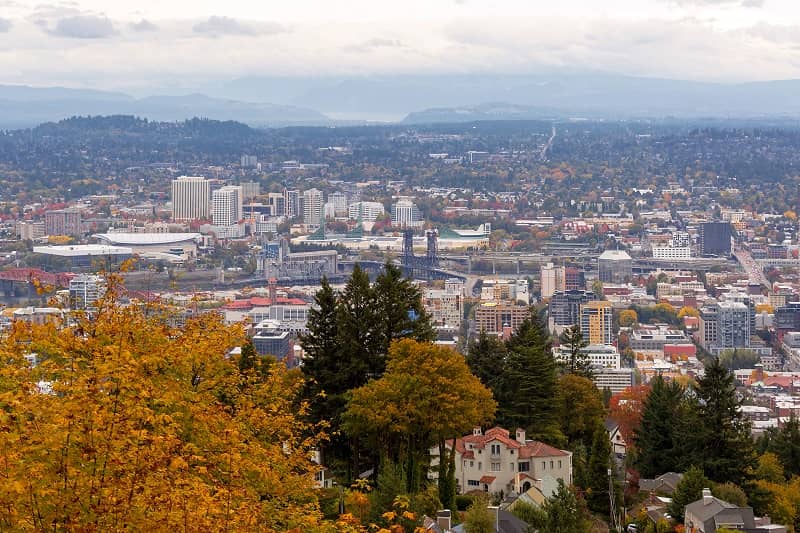
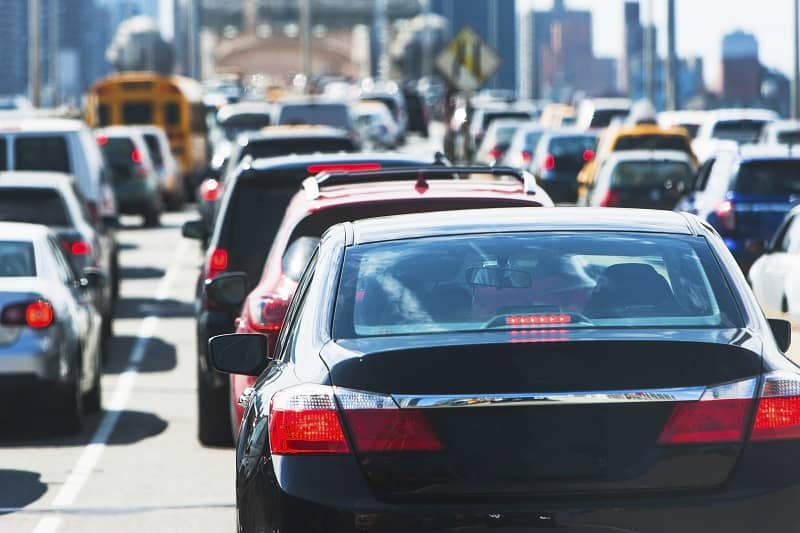


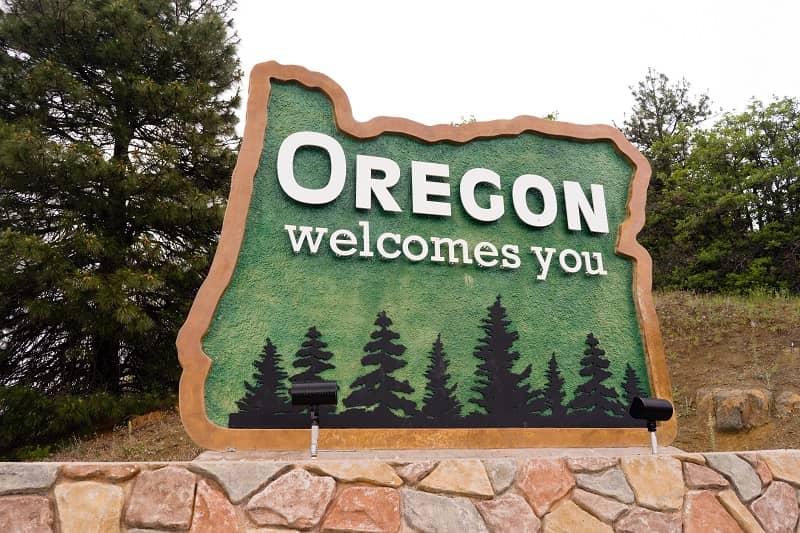

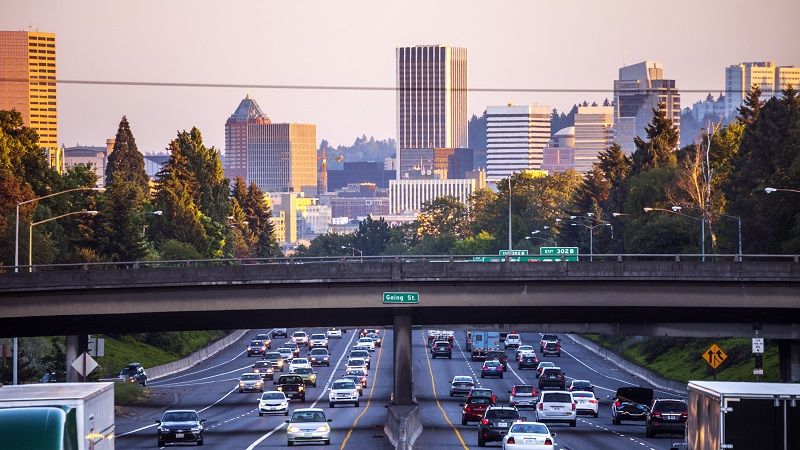
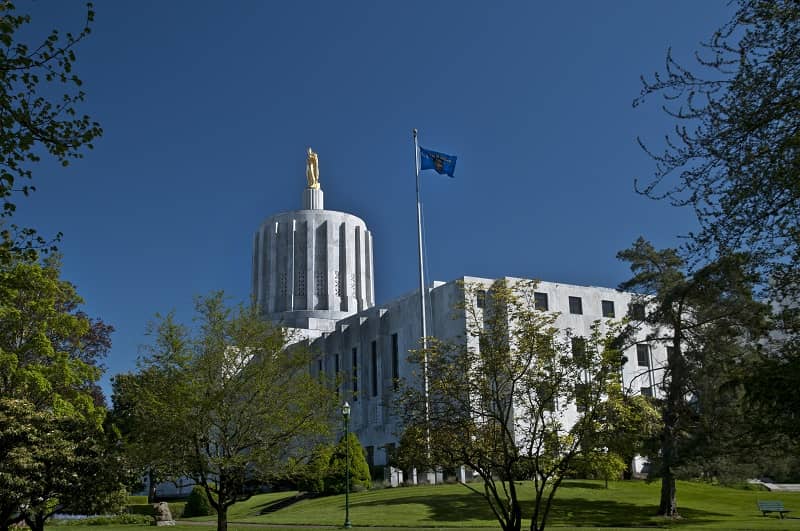

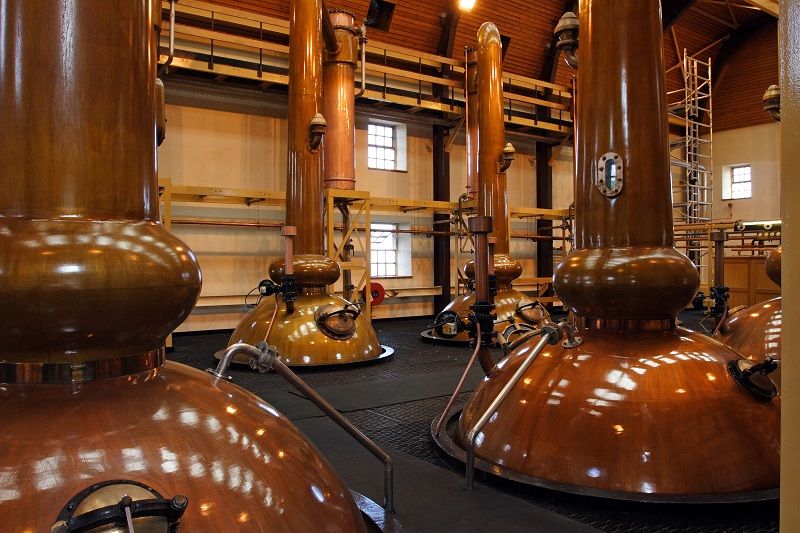

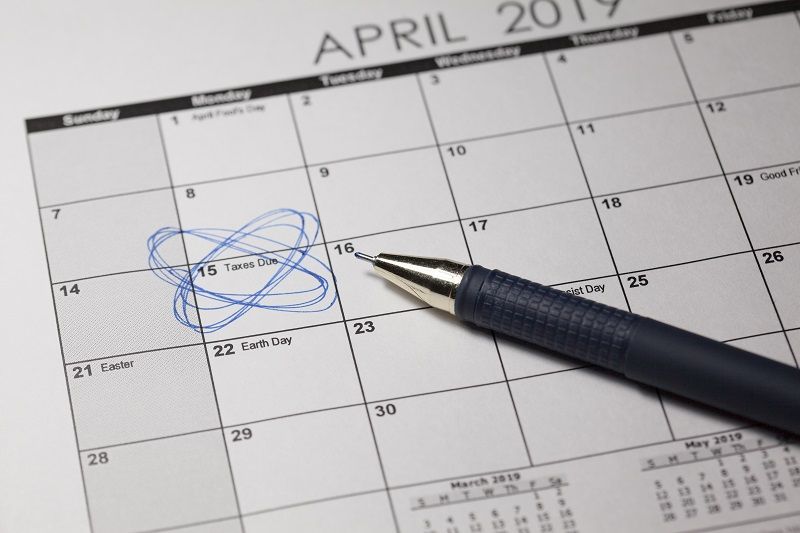
Joe thurman
Why am I forced to pay for Portland light rail, and have no voice. I live 100 miles from Portland and don’t go there or us light rail?